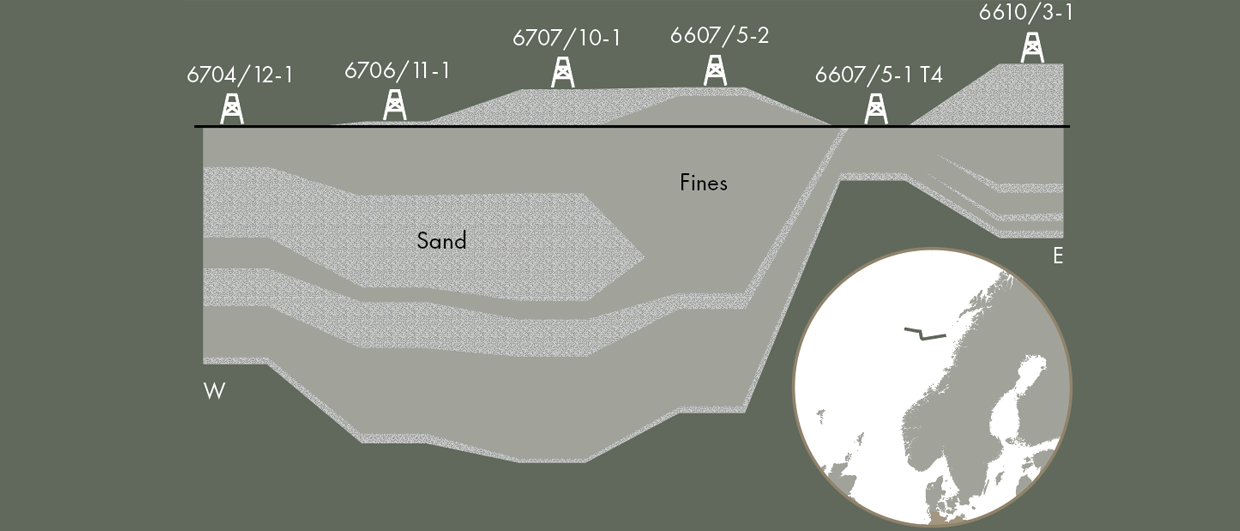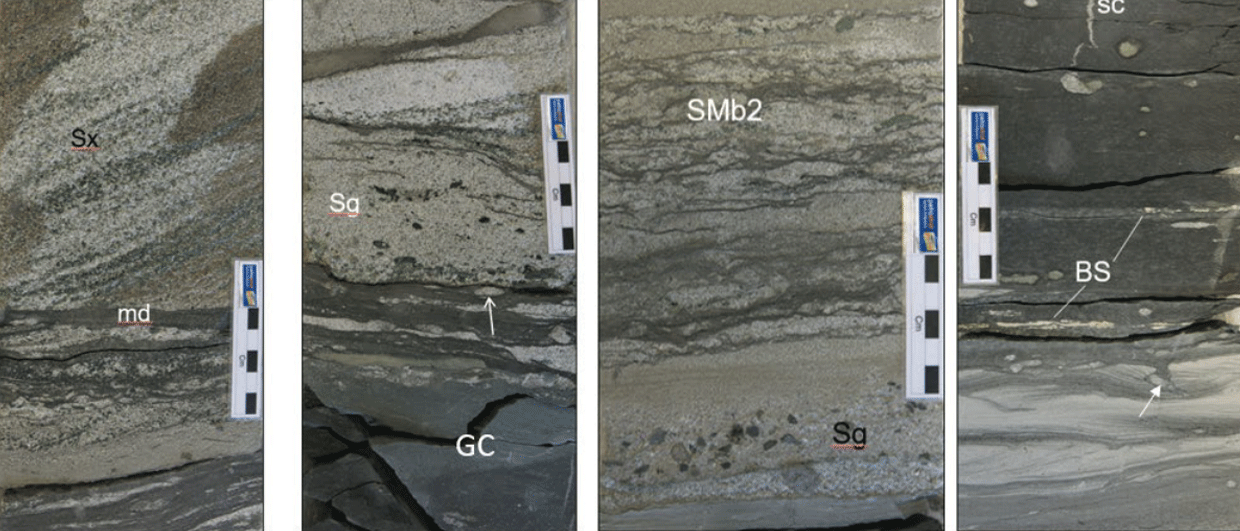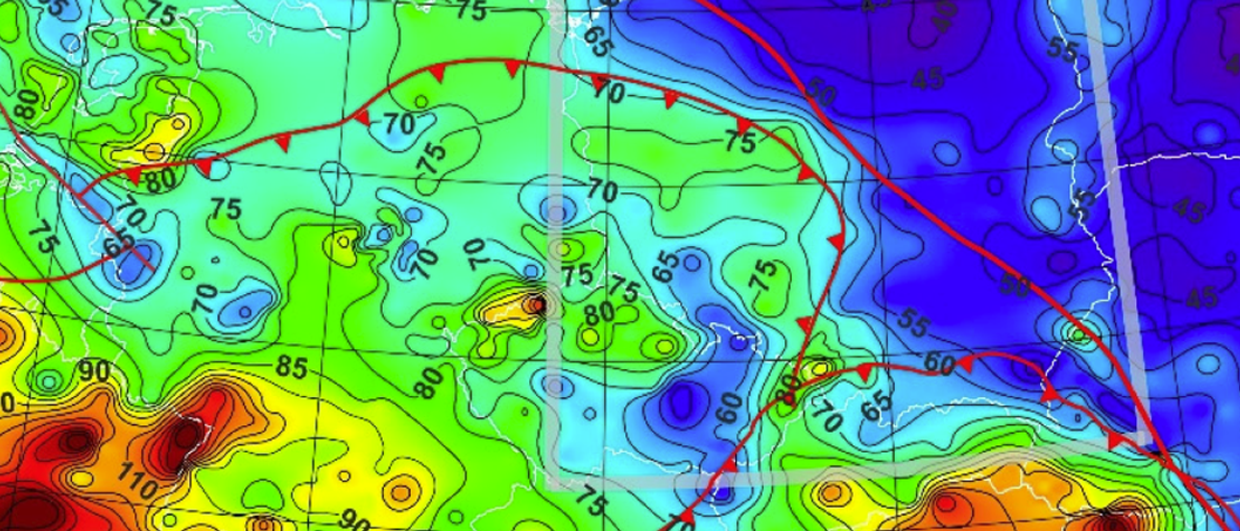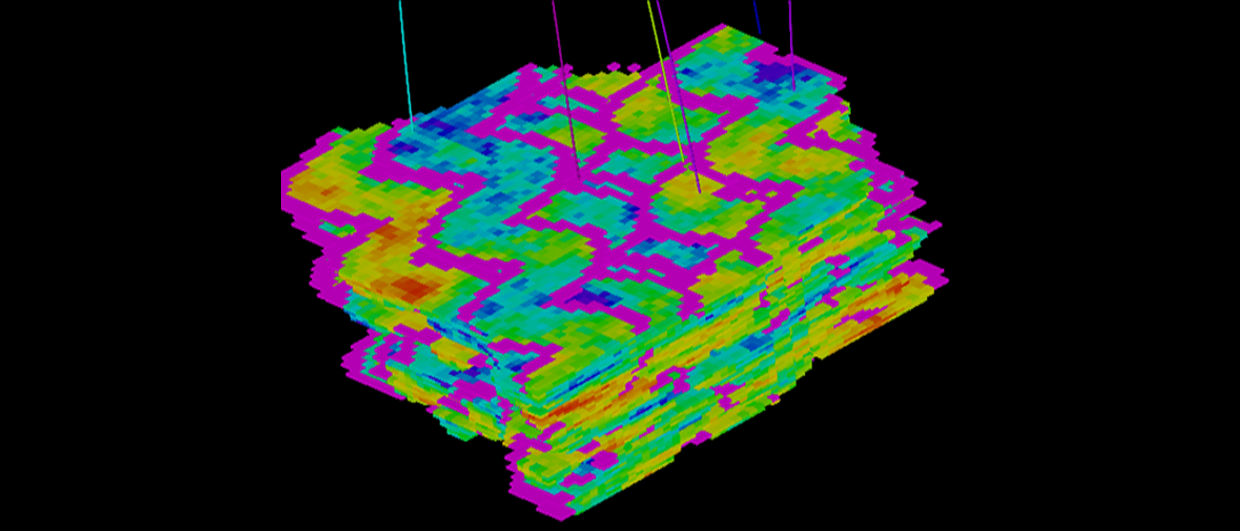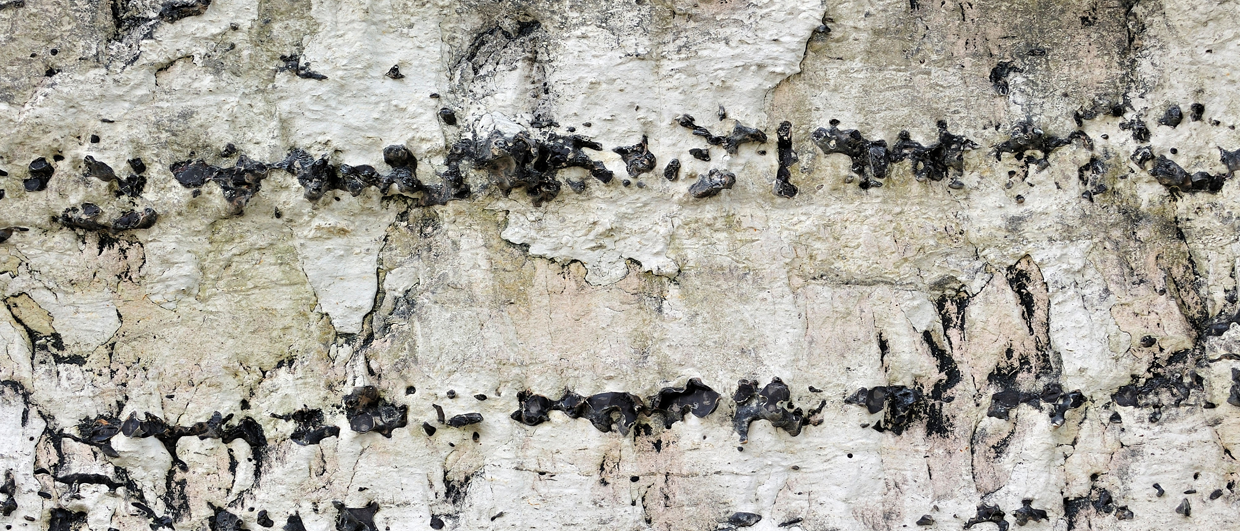Looking at this cross-section from the Norwegian Sea, showing Upper Cretaceous and Paleogene sediments, a surprising thing seems to happen.
The amount of sand increases going westwards, away from the coast. Paleogeography is needed to explain this. In Late Cretaceous times, Greenland was located much closer to Norway and because of the assymetry of the rift between Norway and Greenland, with the rift axis being positioned much closer to the latter, Greenland was in fact the source of the sediments that we see in the western part of this cross-section. This explains why there is more sand in an area that now seems so distal to the Norwegian landmass.
What seems to be distal now was in fact proximal in Late Cretaceous times!
This article is the final one in a series of five dedicated to the Power of Paleogeography. It forms part of the cover story that was published in Issue 5 of the GEO ExPro magazine. A copy of the magazine can be downloaded here.

